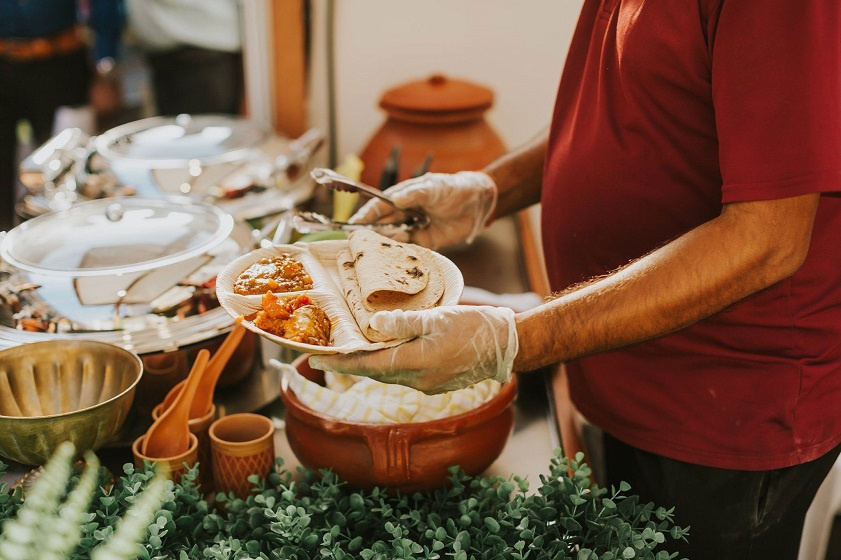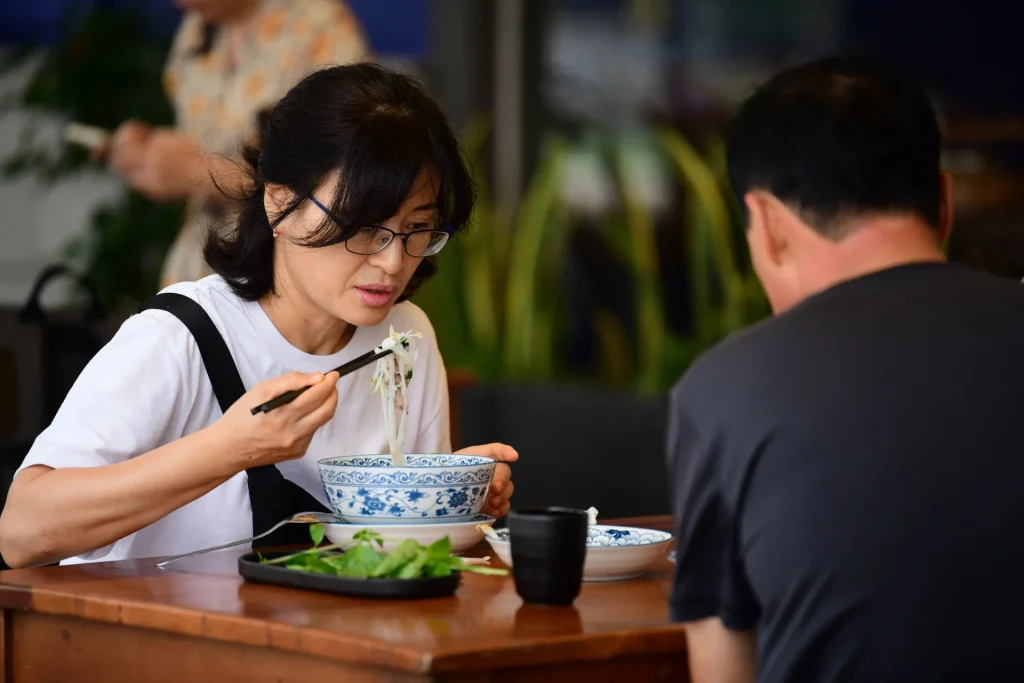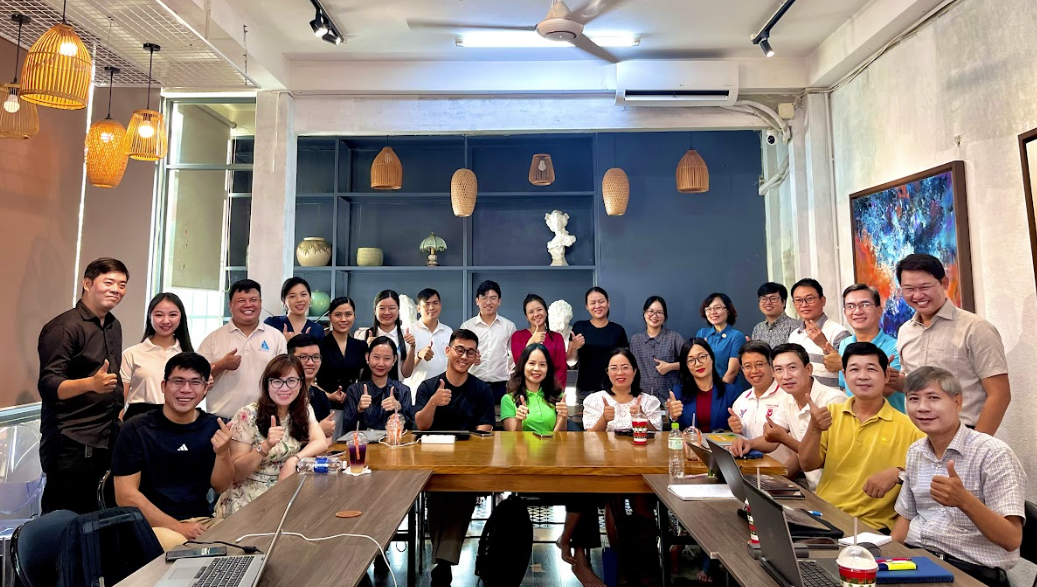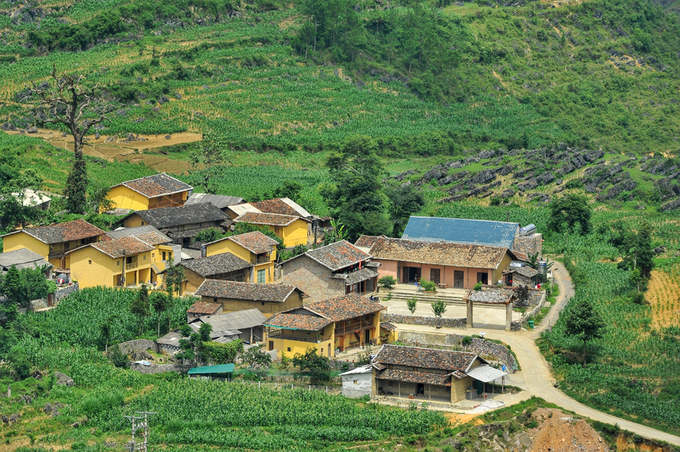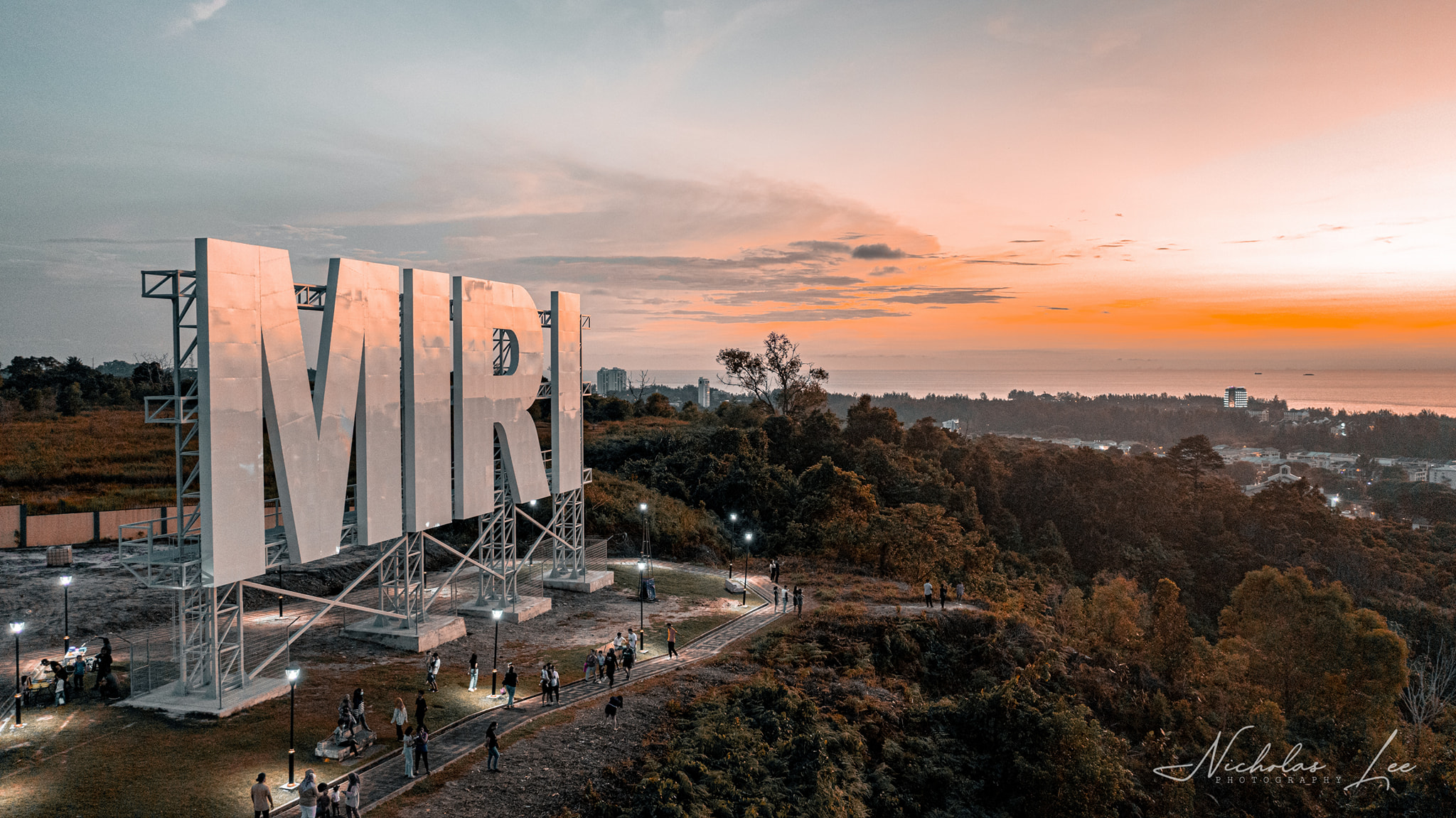This post is also available in:
Tiếng Việt (Vietnamese)
Through an interdisciplinary lens that includes media influence, tourist behavior, and real-world business models, this article emphasizes the multidimensional role of gastronomy as both a cultural and economic product—capable of shaping profound travel experiences and advancing sustainable destination development.
Cuisine as the Entry Point to Cultural Perception
In the 21st century, food is no longer merely a means of survival—it has evolved into a vivid expression of cultural identity. From ingredient selection and seasoning methods to serving rituals, each dish embodies the soul of a locality—acting as a non-verbal language through which travelers engage with the heritage of a place.
Modern tourism trends have shifted away from simply “checking in” at famous landmarks toward a quest for lived experiences. Tasting local food has become both an instinctive and highly cultural act. Tacos in Mexico, pho in Hanoi, sushi in Tokyo—these are gastronomic gateways that open access to cultural worlds more vividly than any map.
From Meals to Identity: Culinary Tourism as a Cultural Act
Today’s travelers seek more than just consumption—they desire stories, engagement, and participation. Activities such as visiting traditional markets, joining cooking classes, touring vineyards or craft breweries, and attending food festivals are now essential components of culinary journeys.
In this context, food becomes a form of living heritage—bridging past and present, connecting visitors with host communities, and linking the global with the local. It marks the intersection of culture and consumption, experience and memory.
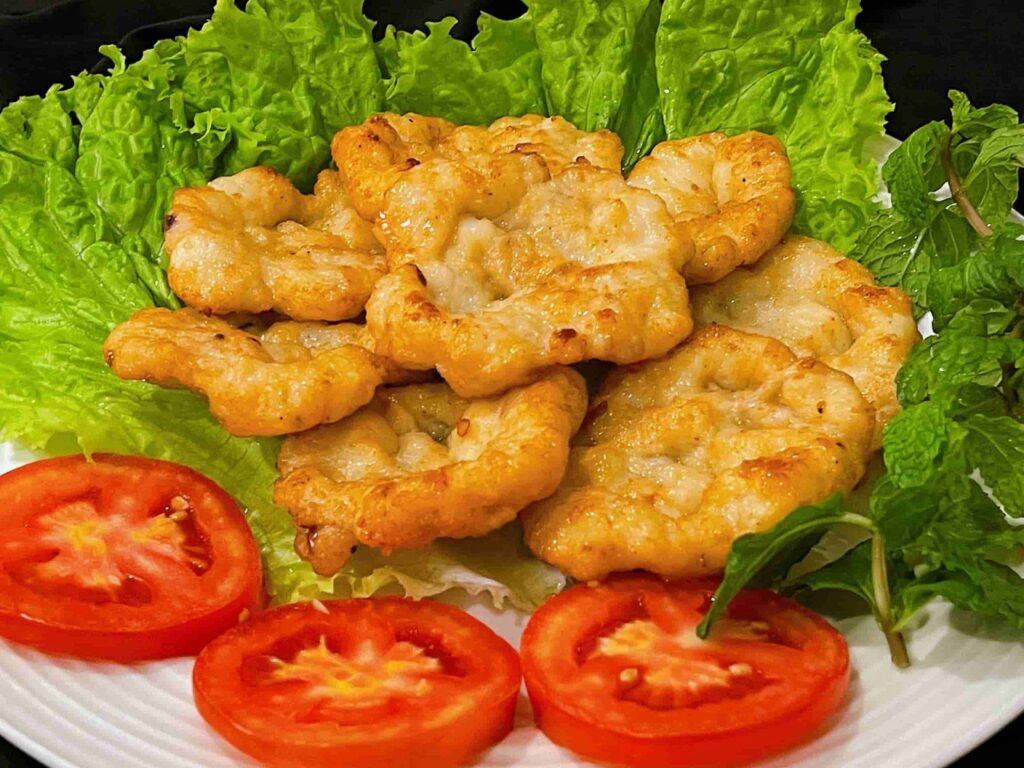
Digital Media: The “Seasoning” that Amplifies Culinary Travel
Social media, blogs, vlogs, and culinary television shows have played a pivotal role in shaping and accelerating gastronomic travel. Viral moments—like Salt Bae’s signature flourish or the “croissant cube” craze in New York—demonstrate the visual power of food in influencing destination choice.
Shows like Parts Unknown (Anthony Bourdain), Somebody Feed Phil, and Uncharted (Gordon Ramsay) are more than entertainment—they are living atlases of food culture that inspire millions of travelers globally.
Each aesthetically appealing dish on Instagram is not just visual content—it is a destination marketing strategy
Research indicates that up to 25% of travel spending is devoted to food—an economic signal that positions gastronomy as a core tourism driver rather than a secondary service.
This creates immense opportunities for businesses—from tour operators to hotels, restaurants, and farms—to design localized, immersive, and culturally rich culinary experiences.
Secret Food Tours and the Rise of Experience-Based Food Travel
Secret Food Tours, operating in over 50 cities worldwide, exemplifies the success of immersive food tours. Their approach goes beyond tasting menus—they carefully select guides who are culturally embedded storytellers.
Typical experiences include sampling regional delicacies at heritage eateries, visiting traditional markets, hearing the origin stories of dishes, and interacting with local chefs. These are not merely meals; they are emotional, cultural journeys.
Online Platforms: Global Launchpads for Culinary Experiences
Platforms like GetYourGuide, Klook, TripAdvisor, and Airbnb Experiences have emerged as powerful enablers of gastronomic tourism. The more localized and distinctive the experience, the easier it is to go viral, gain bookings, and leave a lasting impression.
From mochi-making in Kyoto and pub crawls in Dublin to truffle hunting with wine pairings in Tuscany—the evidence is clear: when cuisine is integrated into an experience, it becomes a goldmine for tourism.
Airlines and Hotels: Turning In-Flight Meals and Stays into Memorable “Kitchens”
Airlines are also adapting: Japan Airlines offers authentic Japanese cuisine; Citilink Indonesia provides diverse local menus; and websites like AirlineMeals.net and in-flight food review blogs show that dining at 30,000 feet is now a distinct marketing tactic.
Hotels are joining in: from Aragon House (Athens) hosting artisan food markets to The Blue Lion (UK) curating Yorkshire-inspired menus, culinary identity is now a unique selling point (USP) for accommodation providers.
Opportunities, Challenges, and the Case for Sustainable Food Tourism Governance
✅ Opportunities:
Stimulates local economies and promotes native agriculture
Revives traditional crafts and culinary know-how
Creates jobs and retains youth in rural communities
❌ Risks:
Over-adapting dishes to tourist palates, diluting authenticity
Driving up local prices and reducing food access for residents
Environmental strain (waste, overconsumption of resources)
➡ These dynamics necessitate proactive governance and business leadership to protect culinary heritage, educate responsible tourists, and ensure social equity in the tourism value chain.
Food as Identity, Strategy, and Tourism Capital
Gastronomy is no longer just a “flavor enhancer” for the travel itinerary—it is now the main course of modern tourism. From consumer behavior, technology, and media to the business ecosystem—all roads now lead to the taste of culture.
For destinations, food is the key to storytelling, economic uplift, and competitive differentiation. The formula for success lies in local authenticity, experiential design, and amplification through media.

